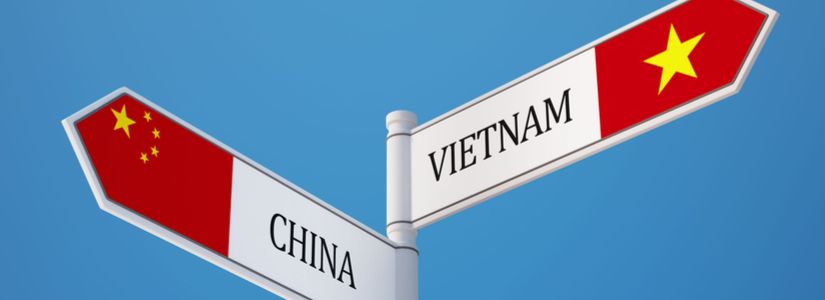YES
“The coronavirus pandemic has been a great opportunity for Vietnam to enhance its soft power, as it helped to broadcast Vietnam’s generous behavior toward the international community,”
Alexander Vuving, professor at the Daniel K Inouye Asia-Pacific Center for Security Studies in Honolulu, Hawaii – Asia Times (2020/04/16)
“Vietnam’s supply chains have significantly evolved from how they were a decade ago. Today, supply chain shifts to Vietnam are ongoing, helped in some part by the US-China trade war, as a growing number of businesses seek out ASEAN or alternate markets to invest in. Among the countries competing for investment, Vietnam has emerged as a highly effective alternative for relocation in Southeast Asia.”
Vietnam Briefing Magazine, titled “A Guide to Vietnam’s Supply Chains” (2020/04/17)
“Vietnam is a strong candidate among the alternative investment destinations as Japanese enterprises are moving away from China due to the COVID-19 pandemic.”
Hirai Shinji, Chief Representative of the Japan Trade Promotion Organisation (JETRO) in Ho Chi Minh City – Vietnam+ (2020/04/21)
“I believe when demand returns we’re looking at an economic ‘v’ for Vietnam – a sharp return in terms of volumes and exports. The beauty of Vietnam, in terms of logistics, is not just exports, but the very healthy and fast-growing domestic economy.”
Amanda Rasmussen, chief operating officer at domestic forwarder ITL – The Load Star (2020/04/29)
NO
“Vietnamese employees prefer to work at factories close to home and live with their families, unlike in China, where workers often live in on-site dormitories and return home only during holidays. Vietnamese firms still need highly experienced Chinese managers to meet global quality standards for sophisticated high-tech products at efficient operational levels. Environmental regulations are even more stringent in Vietnam than in China, as the Vietnamese government has learned lessons from its giant northern neighbour. […] One Chinese manager at the Bac Giang plant near Hanoi told us the key is to take a “step-by-step” approach, starting with simpler product lines before bringing in more complex products. Highly experienced Chinese managers are charged with the task of training local managers and frontline workers to achieve a level of productivity similar to that of mainland China.”
– Min Zhou is a research analyst and Vivian Chen is a senior research analyst at AllianceBernstein – Investment Week (2020/05/05)
“There isn’t another China. China will remain as largest manufacturing hub. Vietnam is the country most similar to China. But its labor force is one tenth of China’s and is much less well-educated.”
– Xie Andy, a Shanghai-based independent economist – Korean Times (2020/05/11)
“Not all manufacturing can be easily outsourced from China to Vietnam. There was more skilled labor in China than in Vietnam, and a large percentage of China’s manufacturing is to serve its domestic market, which is bigger in scale than Vietnam.”
Stephen Wyatt, country head of real estate market research firm Jones Lang LaSalle (JLL) Vietnam – VnExpress (2020/05/13)


Leave a Reply